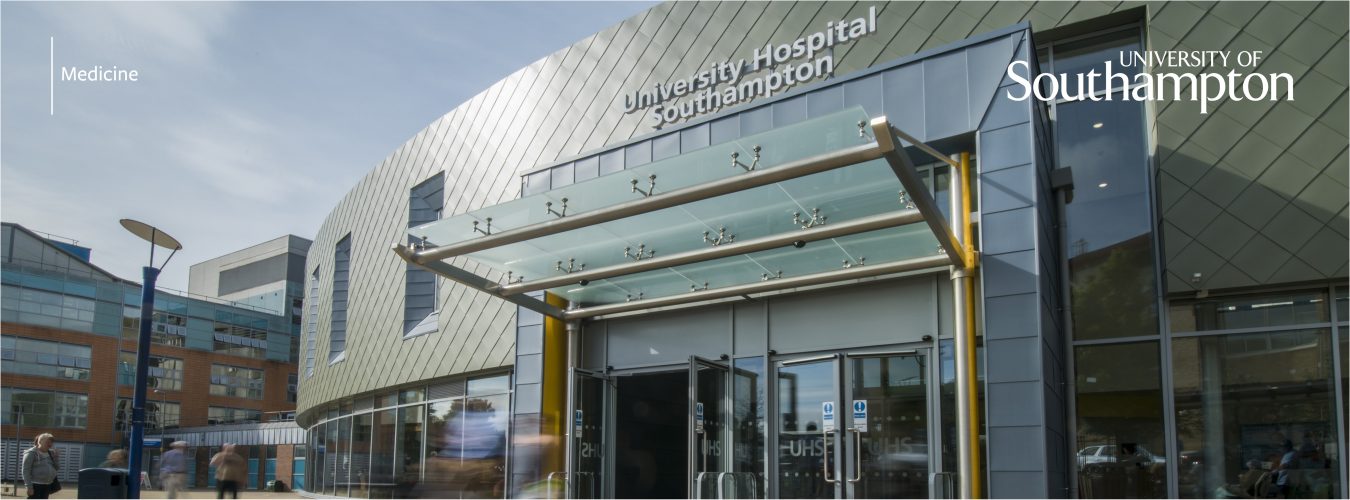The most observant amongst you may have noticed that just as the front entrance was being completed, another hole has appeared in the ground between the hospital and the Somers Building.
This will become the new Centre for Cancer Immunology in Southampton (CCI) due to open late 2017. The University Office for Development and Alumni Relations (ODAR) is managing a very successful fundraising campaign – do have a look at the website www.southampton.ac.uk/youreit.
This blog gives an insight into why this investment is so important in the world of cancer medicine.
A cancer patient has a lot of tests to establish diagnosis and best treatment options. Genomic tests are being added to help guide treatment – sequencing of known driver mutations where drugs can block the driver, and gene expression profiling to pick out more aggressive cancers for chemotherapy, are already being used. Whole genome sequencing in cancer is at the discovery stage but patterns are emerging as new tools for cancer classification. Cancer treatment trial designs often stratify patients based on molecular sub-type or the presence of a specific mutated gene. Designer drugs are targeted at a specific tumour sub-group defined by a companion diagnostic test.
The genome in each cell is copied with extremely high fidelity to create each new cell brought about through a highly tuned set of error checking and DNA repair processes. These processes become disrupted as cancer cells evolve from a normal cell through a series of acquired (somatic) mutations into clinically detectable tumours. By the time a cancer is diagnosed it represents the accumulation of a long process of evolution from a normal cell into a complex mass of multiple sub-clones, each cell with a different set of mutations, many entirely irrelevant passengers that arise as a result of ever disordered replication and repair.
The cancer cells are all competing with the host tissue for space and nutrients – survival of the fittest. And behind the scenes the genetic mutations that have occurred may be provoking the body’s immune system to eliminate the cancer cells. There is no question that patients whose tumours have a large complement of tumour invading lymphocytes generally have a much better prognosis.
Understanding what drives or blocks the response of the host immune system to tumours is essential to fully implement the use of immunotherapy across cancer types. Tumour immunology and the tumour microenvironment has been core business for Cancer Sciences for many years. Add to this the ability study the genomes and transcriptomes of single cancer cells allows an extraordinary level of resolution in exploring how each gene within each cell type within a cancer impacts on tumour progression.
Through our close links to the Institute for Life Sciences (IfLS) we have just implemented a very new technology called DropSeq into our laboratories. DropSeq allows single cell analysis of genomes and transcriptomes with high throughput and low-cost, allowing our scientists to really dissect out the detail working on our exceptionally well characterised clinical sample sets.
In the clinical diagnostic arena classifying all cancers according to anatomical site is giving way to a more agnostic approach driven by rapid advances in genomics and the potential to develop more specifically targeted therapies. The immune system is enormously efficient at targeting foreign cells – the aim for cancer immunotherapy is to break down the barriers that cancers create and make way for a targeted destruction of cancer cells.

